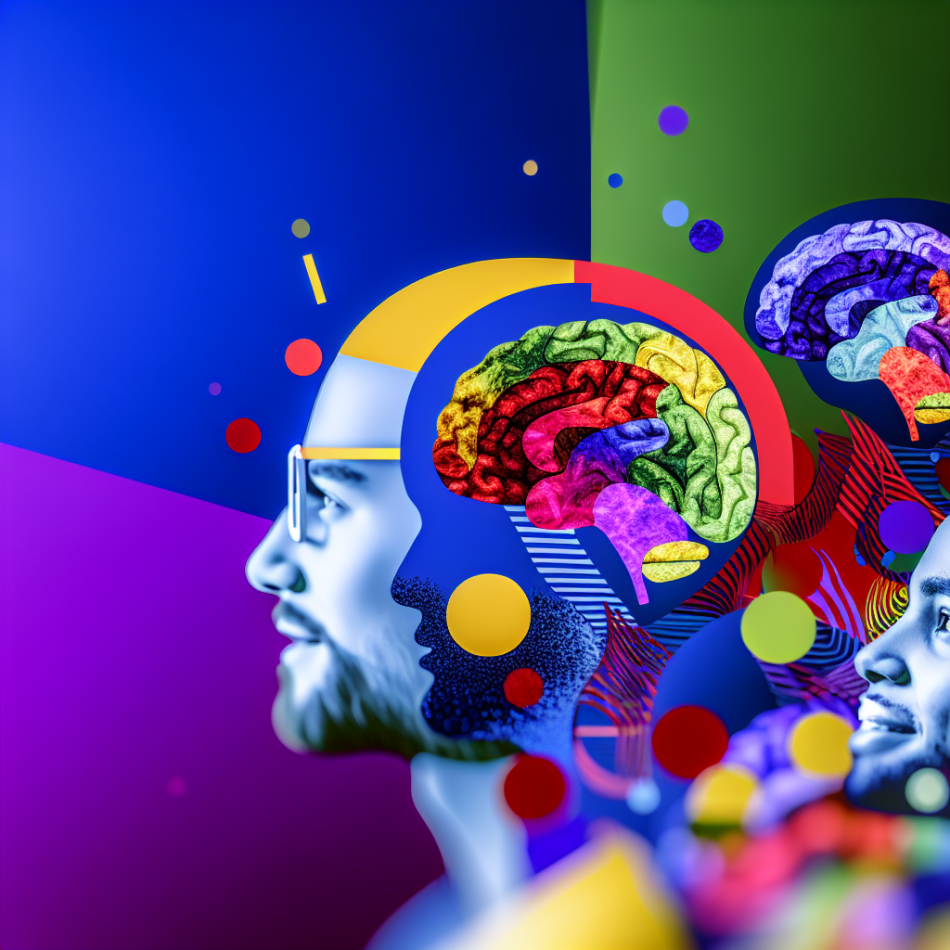The Language of Neurodiversity: A Journey of Respect and Adaptation
Language shapes how society understands identity, and nowhere is this more evident than in discussions around neurodiversity. As awareness grows, the terminology used to describe neurological differences—such as autism, ADHD, or dyslexia—is evolving rapidly. Communities are driving this change, emphasising respect, agency, and inclusivity. This article explores how language is shifting, why listening matters, and how everyone can adapt to foster a more inclusive world.
Understanding Neurodiversity: Beyond Labels
The term neurodiversity, coined in the 1990s, challenges the notion that neurological differences are deficits. Instead, it frames conditions like autism or ADHD as natural variations of the human brain. This paradigm shift has profound implications:
- It moves away from pathologising individuals (e.g., "disorder") towards recognising strengths and challenges.
- It prioritises self-identification, allowing individuals to define their experiences.
- It emphasises societal barriers, not just individual "symptoms", as the focus for change.
However, language within this framework remains contentious. Terms like high-functioning or low-functioning, for instance, are increasingly rejected for oversimplifying complex lived experiences.
The Evolution of Language: From Awareness to Empowerment
Early advocacy often centred on raising awareness, but today’s conversations demand deeper nuance. For example, person-first language ("person with autism") was once standard to emphasise humanity over diagnosis. Yet many in the autistic community now prefer identity-first language ("autistic person"), viewing their neurotype as inseparable from their identity. Similarly, terms like special needs are criticised for perpetuating stigma, whereas specific support needs is gaining traction for its precision and respect.
This evolution reflects a broader cultural shift: marginalised groups are reclaiming agency over their narratives. Activists stress that language should be descriptive, not prescriptive, adapting to individual preferences rather than imposing rigid rules.
Communities Leading the Change
Neurodivergent communities—particularly those online—are at the forefront of redefining language. Social media platforms have amplified voices historically excluded from mainstream discourse, enabling grassroots movements to challenge outdated terminology. For instance, hashtags like #ActuallyAutistic and #ADHDTwitter foster solidarity while educating others on respectful communication.
These communities also highlight intersectionality. Neurodivergence intersects with race, gender, and class, influencing how individuals experience stigma or access support. A one-size-fits-all approach to language risks erasing these nuances. For example, Black autistic advocates often emphasise how racial bias compounds misconceptions about their behaviour, necessitating culturally sensitive dialogue.
Challenges in Navigating Terminology
Despite progress, navigating neurodiversity-related language remains fraught with challenges. Well-intentioned allies may fear causing offence, while outdated terms persist in medical, educational, and corporate settings. Key issues include:
- Generational divides: Older frameworks (e.g., Asperger’s syndrome, now considered obsolete) linger in some communities.
- Institutional inertia: Legal and diagnostic systems often lag behind evolving terminology.
- Global variations: Cultural context influences which terms are acceptable—e.g., neurodivergent is less commonly used in non-English-speaking countries.
These complexities underscore the importance of context and humility. As writer Lydia X. Z. Brown notes, "Language is a tool, not a weapon. Its purpose is clarity, not compliance."
Practical Steps for Respectful Communication
Adapting to evolving language requires active effort. Here are actionable strategies:
- Listen first: Prioritise the preferences of neurodivergent individuals. If unsure, ask politely—e.g., "How would you like me to refer to your experience?"
- Educate continuously: Follow neurodivergent advocates, read firsthand accounts, and stay open to feedback.
- Avoid assumptions: Not all neurodivergent people share the same views. Respect individual differences while recognising broader community trends.
- Update institutional materials: Schools, workplaces, and healthcare providers should audit policies and training programmes to align with current terminology.
Conclusion: Embracing Change as a Collective Responsibility
The evolution of neurodiversity language is not merely about words—it’s about power, dignity, and belonging. As communities redefine how they are described, the rest of society must listen, learn, and adapt. This means moving beyond performative allyship to embed respect into everyday interactions. By embracing flexibility and centring neurodivergent voices, we can create a world where language reflects the rich diversity of human minds. The journey is ongoing, but every step towards inclusivity matters.
